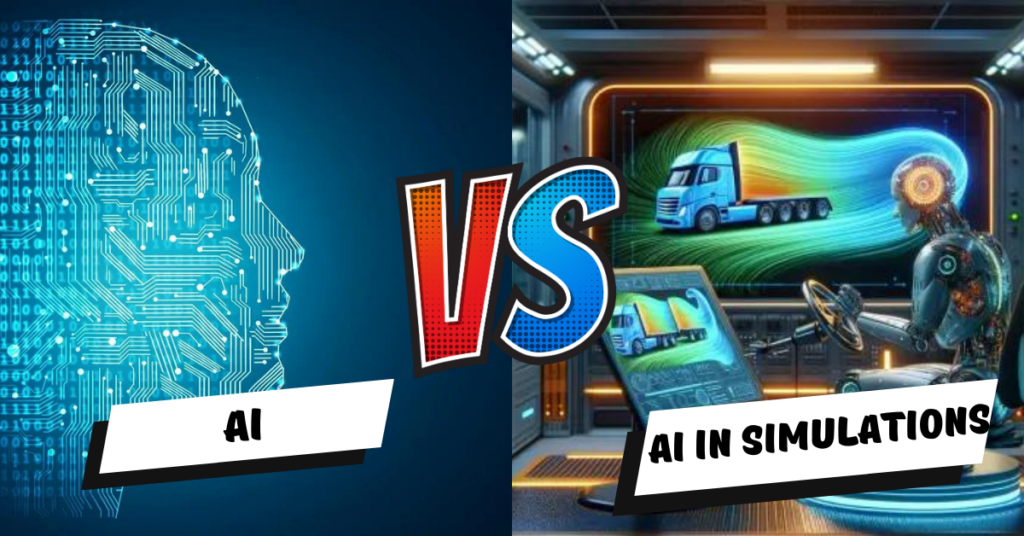Accelerating Progress: AI vs. AI in Simulated Realms
The pursuit of faster computing has entered a groundbreaking phase: the competition between AI entities in immersive simulations. While promising for applications such as drug discovery and materials science, this “meta-racing” introduces concerns about the speed’s impact on both AI development and practical implementation.

Accelerating Progress: Advantages of Accelerated Simulations
- Rapid Iteration:
- AIs within simulations learn and adapt at an accelerated pace, expediting the development cycle for new technologies.
- Extreme Testing:
- Simulated environments can present more challenging scenarios than the real world, pushing AI capabilities to uncover weaknesses.
- Data Efficiency:
- Learning within simulations requires less data than real-world scenarios, reducing the footprint and potential biases of AI models.
Accelerating Progress: Challenges of Overspeed
- Black Box Effect:
- Complex AI interactions within simulations can become challenging to understand and control, leading to unexpected outcomes.
- Transferability Gap:
- Knowledge gained in simulations may not seamlessly translate to the unpredictable reality of the physical world.
- Ethical Concerns:
- Rapidly evolving AI within simulations could pose unforeseen ethical dilemmas, necessitating careful consideration of risks and societal impacts.
Accelerating Progress: Navigating the Speed Trap
To harness the power of AI vs. AI simulations responsibly, a balanced approach is essential:
- Human Oversight:
- Maintain human control and ethical frameworks to align AI development with societal values and goals.
- Explainability and Transparency:
- Develop tools for understanding AI interactions within simulations, ensuring responsible development and risk mitigation.
- Real-World Validation:
- Bridge the gap between simulated and real-world experiences through rigorous testing, adapting AI solutions for effective and ethical real-world application.
The swift progression of AI vs. AI within simulations holds vast potential. However, just as a powerful engine needs a skilled driver, navigating this technological race requires careful consideration, ethical foundations, and a focus on real-world impact. By balancing speed with thoughtful safeguards, we can ensure that this meta-race propels progress for the benefit of humanity.
Step into the Future: 6 Best Impacts of The Rise of Electronic Hall Passes in Education





Leave A Comment